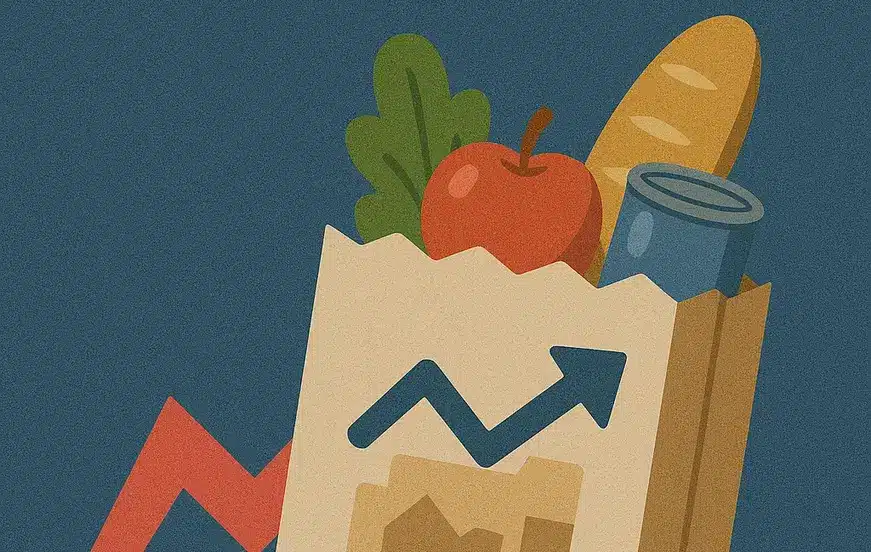What’s Happening
SNAP benefits for roughly 42 million Americans are at risk amid a legal standoff over whether the administration must deploy available emergency funds to keep payments flowing. A federal judge could rule imminently. If benefits lapse, it would be the first widespread interruption since SNAP’s origin in 1939—turning a historically bipartisan safety net into a leverage point in broader political fights.
Who Would Be Hit First
- 42 million total beneficiaries
- 16 million children
- 8 million seniors
- 1 million veterans
- Heaviest state exposure includes Louisiana—home to congressional leaders backing the cutoff, according to critics
Behind the numbers are mounting lines at food banks from Phoenix to Philadelphia. Local pantries already report elevated demand and depleted inventories; a sudden SNAP stop would surge demand overnight.
The Legal Positioning
Critics argue the administration has:
- $5 billion in an emergency reserve that can carry benefits through end‑November
- Flexibility to tap other accounts (historically used for similar contingencies)
- Administrative latitude Congress explicitly granted to avoid hardship
The counter‑argument claims such reprogramming isn’t permissible for SNAP, despite precedent for emergency transfers elsewhere. In court, the judge has signaled skepticism toward that stance, calling aspects “absurd,” per hearing summaries. A ruling compelling immediate action could force agencies to execute payments before November 1.
Timeline: Can Payments Be Made In Time?
If the court orders continuation, agencies can disburse quickly because systems, rolls, and payment rails remain intact. States administer benefits but rely on federal funding; with money on‑hand and authorization clarified, payments could resume on schedule. The greater risk is prolonged ambiguity—any hesitation creates gaps for households living week‑to‑week.
Policy Backdrop: Cuts And Consequences
Recent legislation cited by opponents included:
- Record cuts to Medicaid, exacerbating coverage churn and provider strain
- A proposed $186B cut to SNAP over the budget window—the largest in program history
The combination pushes more households to the brink, driving food insecurity and shifting costs to states, counties, and nonprofits. Meanwhile, the refusal to extend enhanced ACA tax credits has triggered premium shock letters—some households report $1,000–$2,000 monthly increases—magnifying pressure on already tight budgets.
Human Impact: What A Lapse Looks Like On The Ground
- Food banks face immediate surges; most operate with limited reserve inventory and volunteer capacity.
- Retailers in low‑income areas see demand slump for essentials, followed by higher bad‑debt and security costs.
- Health impacts compound: food insecurity correlates with ER visits, chronic disease flare‑ups, and higher public costs.
- Children and seniors are most vulnerable; nutrition gaps in kids affect attendance and learning outcomes.
Human Impact: What A Lapse Looks Like On The Ground
When support systems falter, the consequences ripple fast. Food banks run dry, essential retailers face strain, and health outcomes worsen—especially for children and seniors. Behind every data point is a household balancing survival against scarcity. Building resilient systems starts with people who understand impact, not just policy.
Post Jobs & Strengthen Social Impact Networks →Fiscal Realities: Pay Now Or Pay More Later
SNAP is among the most efficient transfer programs, with high economic multipliers (historically estimated around 1.5–$1.8 per $1 during downturns). Cutting it doesn’t erase need; it reallocates cost to emergency rooms, shelters, and charities—often at higher per‑case expense. States then face unplanned outlays just as federal matching funds contract.
What To Watch Next
1) Court ruling: Whether the judge mandates use of emergency funds and clarifies legal authority for inter‑account transfers.
2) Implementation speed: Agency readiness to push payments before the monthly cycle starts.
3) State responses: Emergency declarations, stop‑gap aid, or legal challenges if federal funds stall.
4) Food bank capacity: Reported wait times, rationing policies, and donation drives in hotspots.
5) Healthcare spillovers: Enrollment changes, premium notices, and uncompensated care trends.
Key Data Points
- 42M on SNAP; first broad disruption since 1939 would be unprecedented.
- Emergency reserve reportedly >$5B—enough to fund through end‑November.
- Proposed SNAP cuts: $186B; Medicaid reductions termed the largest in program history by critics.
- ACA premium notices rising by $1,000–$2,000 per month for some households following credit expirations.
Key Takeaway
The judge’s decision will determine whether a legal argument halts a program that keeps 42 million Americans fed. With funds available and systems in place, continuity is administratively feasible; a lapse would shift costs and suffering to states, hospitals, and charities—fast.
FAQs
Could the administration legally keep SNAP flowing without Congress?
Critics say yes—by tapping emergency reserves and permissible transfers Congress authorized. The court’s ruling will clarify scope and timing.
How fast can payments resume if ordered?
Systems are live; with funds unlocked, agencies can issue on schedule. Delays mainly stem from legal ambiguity, not infrastructure.
Which groups are most exposed?
Children, seniors, and low‑income families in states with high SNAP penetration. Rural areas with limited grocery options may see compounding access issues.
How do ACA premium hikes relate?
The lapse in enhanced tax credits raises monthly costs sharply for some, tightening budgets and increasing the likelihood of food insecurity even if SNAP continues.




